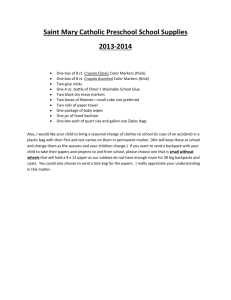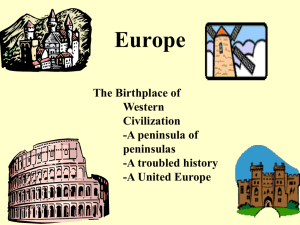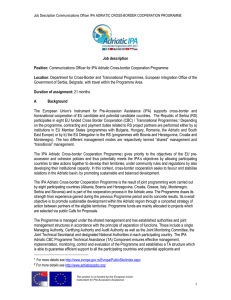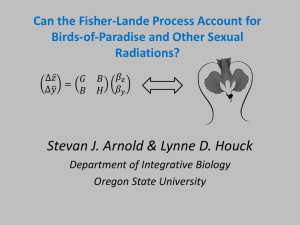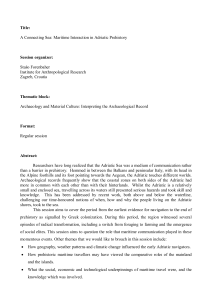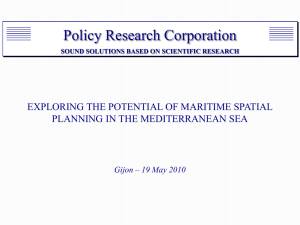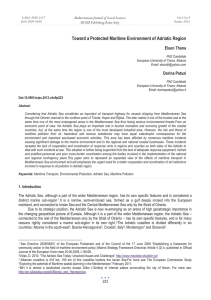By providing new approaches to the investigation of demographic
advertisement
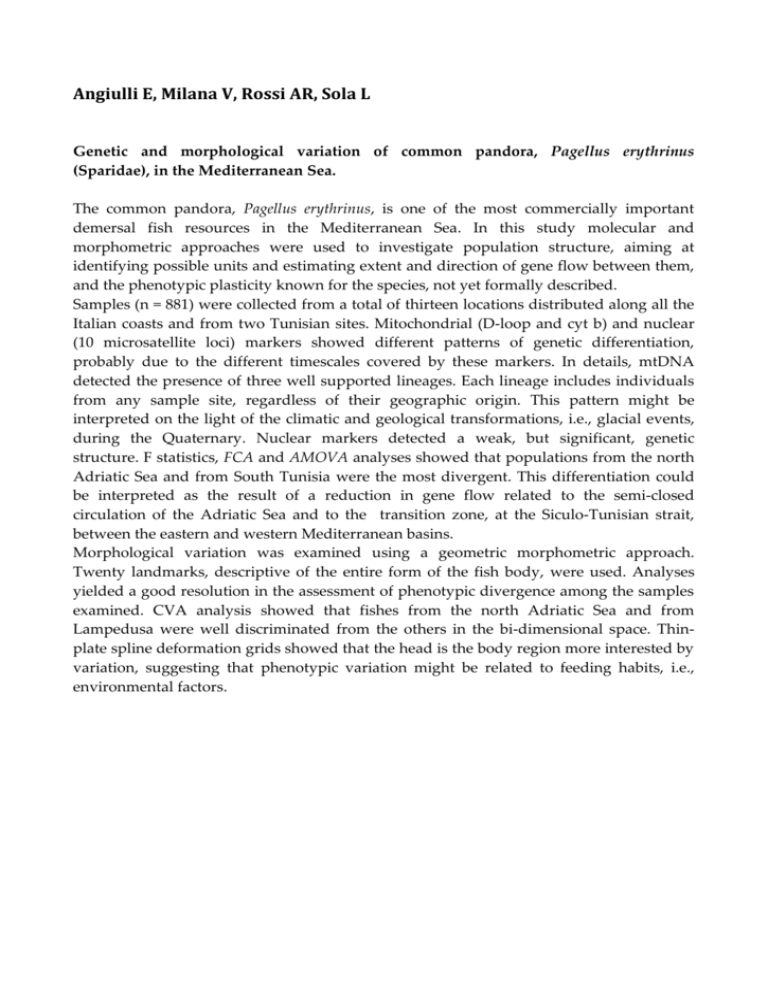
Angiulli E, Milana V, Rossi AR, Sola L Genetic and morphological variation of common pandora, Pagellus erythrinus (Sparidae), in the Mediterranean Sea. The common pandora, Pagellus erythrinus, is one of the most commercially important demersal fish resources in the Mediterranean Sea. In this study molecular and morphometric approaches were used to investigate population structure, aiming at identifying possible units and estimating extent and direction of gene flow between them, and the phenotypic plasticity known for the species, not yet formally described. Samples (n = 881) were collected from a total of thirteen locations distributed along all the Italian coasts and from two Tunisian sites. Mitochondrial (D-loop and cyt b) and nuclear (10 microsatellite loci) markers showed different patterns of genetic differentiation, probably due to the different timescales covered by these markers. In details, mtDNA detected the presence of three well supported lineages. Each lineage includes individuals from any sample site, regardless of their geographic origin. This pattern might be interpreted on the light of the climatic and geological transformations, i.e., glacial events, during the Quaternary. Nuclear markers detected a weak, but significant, genetic structure. F statistics, FCA and AMOVA analyses showed that populations from the north Adriatic Sea and from South Tunisia were the most divergent. This differentiation could be interpreted as the result of a reduction in gene flow related to the semi-closed circulation of the Adriatic Sea and to the transition zone, at the Siculo-Tunisian strait, between the eastern and western Mediterranean basins. Morphological variation was examined using a geometric morphometric approach. Twenty landmarks, descriptive of the entire form of the fish body, were used. Analyses yielded a good resolution in the assessment of phenotypic divergence among the samples examined. CVA analysis showed that fishes from the north Adriatic Sea and from Lampedusa were well discriminated from the others in the bi-dimensional space. Thinplate spline deformation grids showed that the head is the body region more interested by variation, suggesting that phenotypic variation might be related to feeding habits, i.e., environmental factors.





